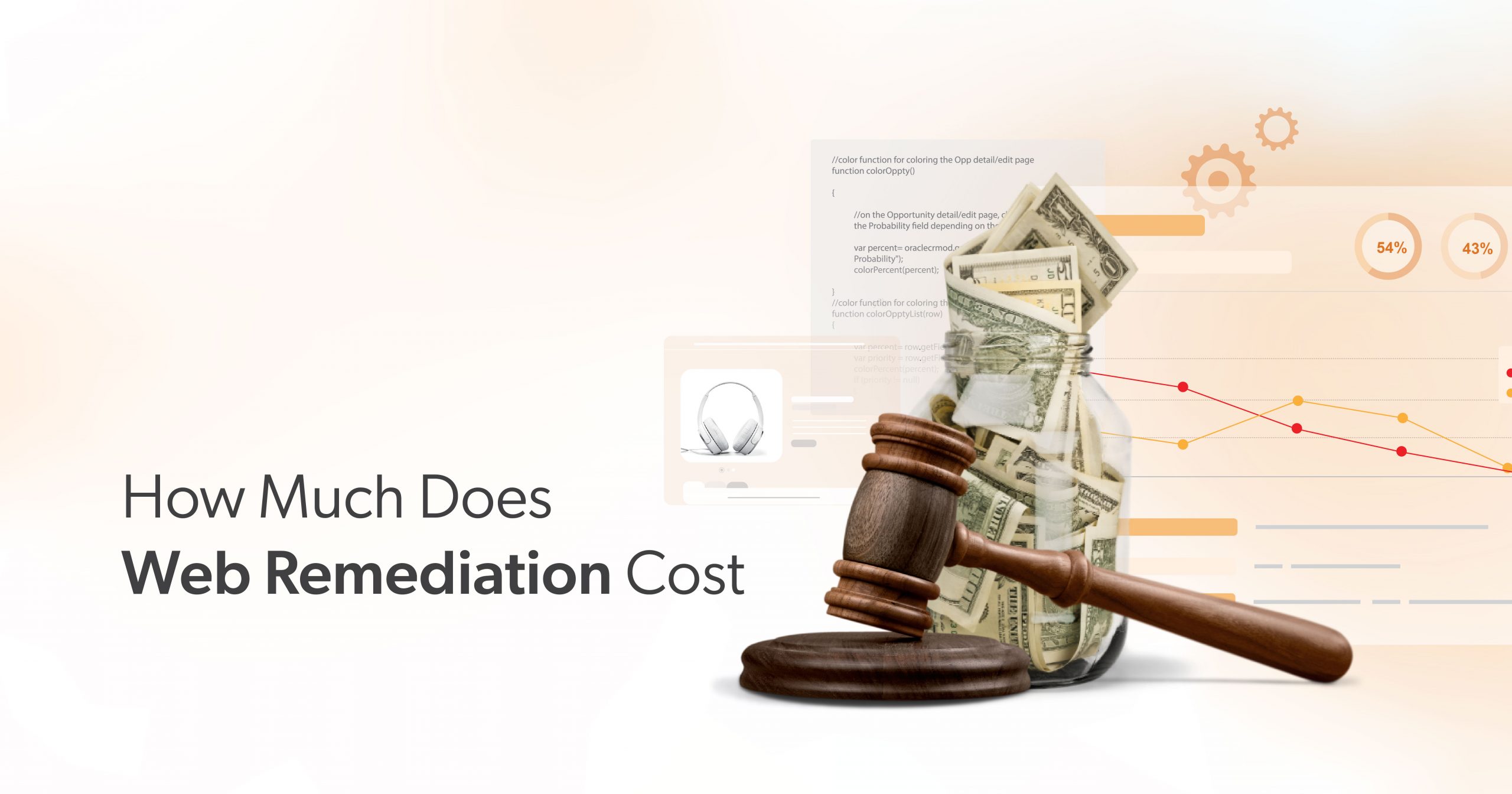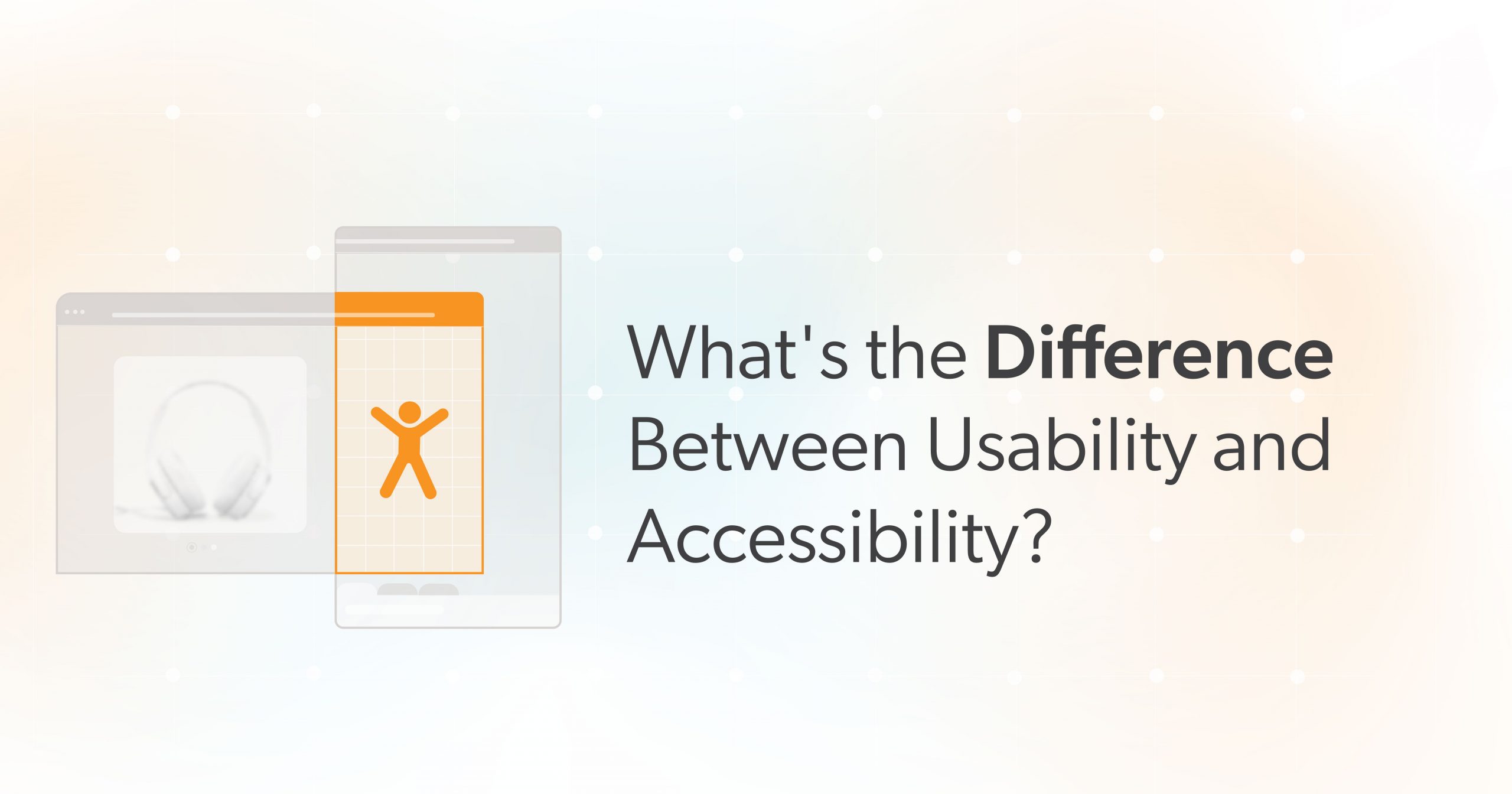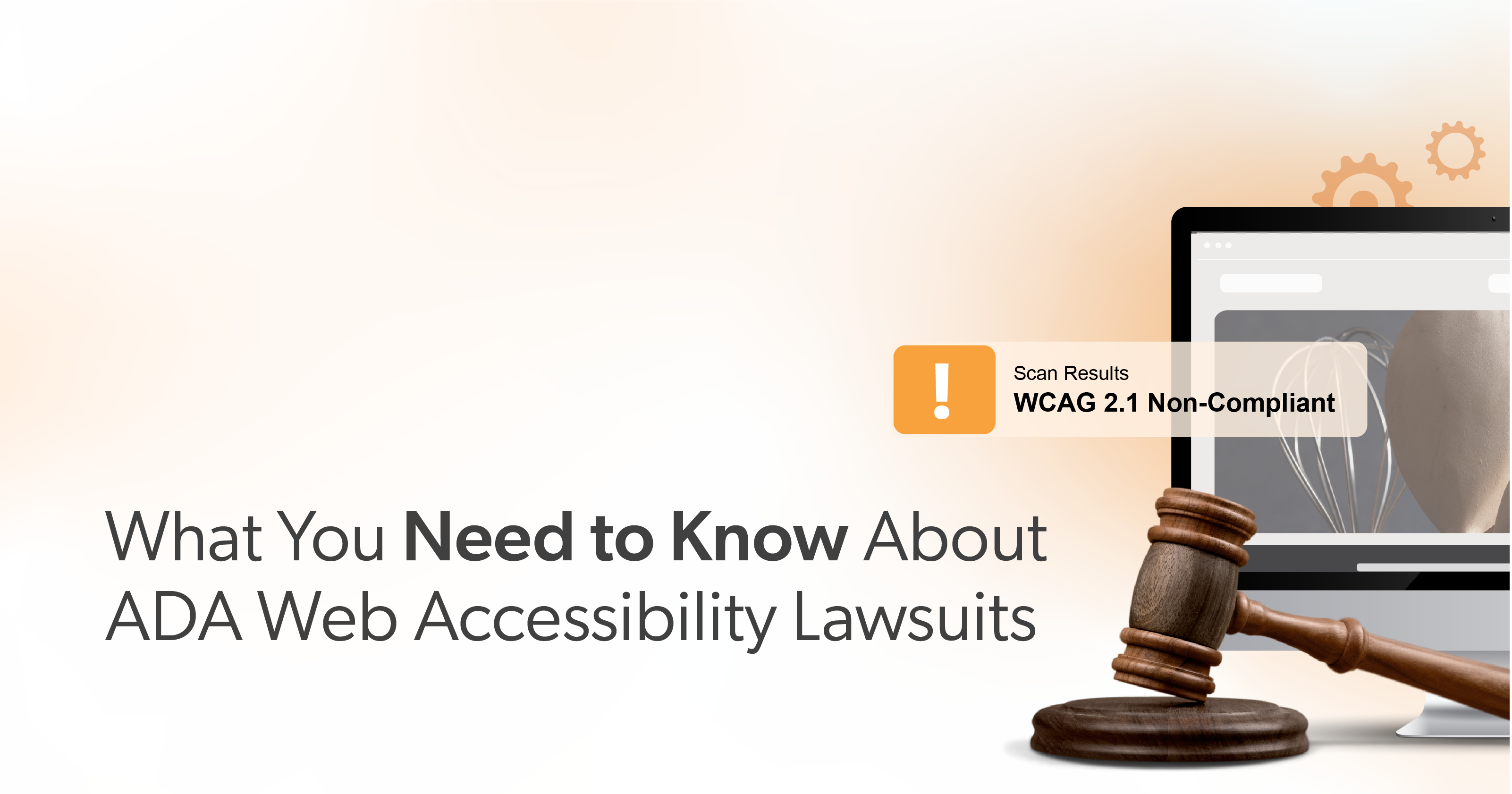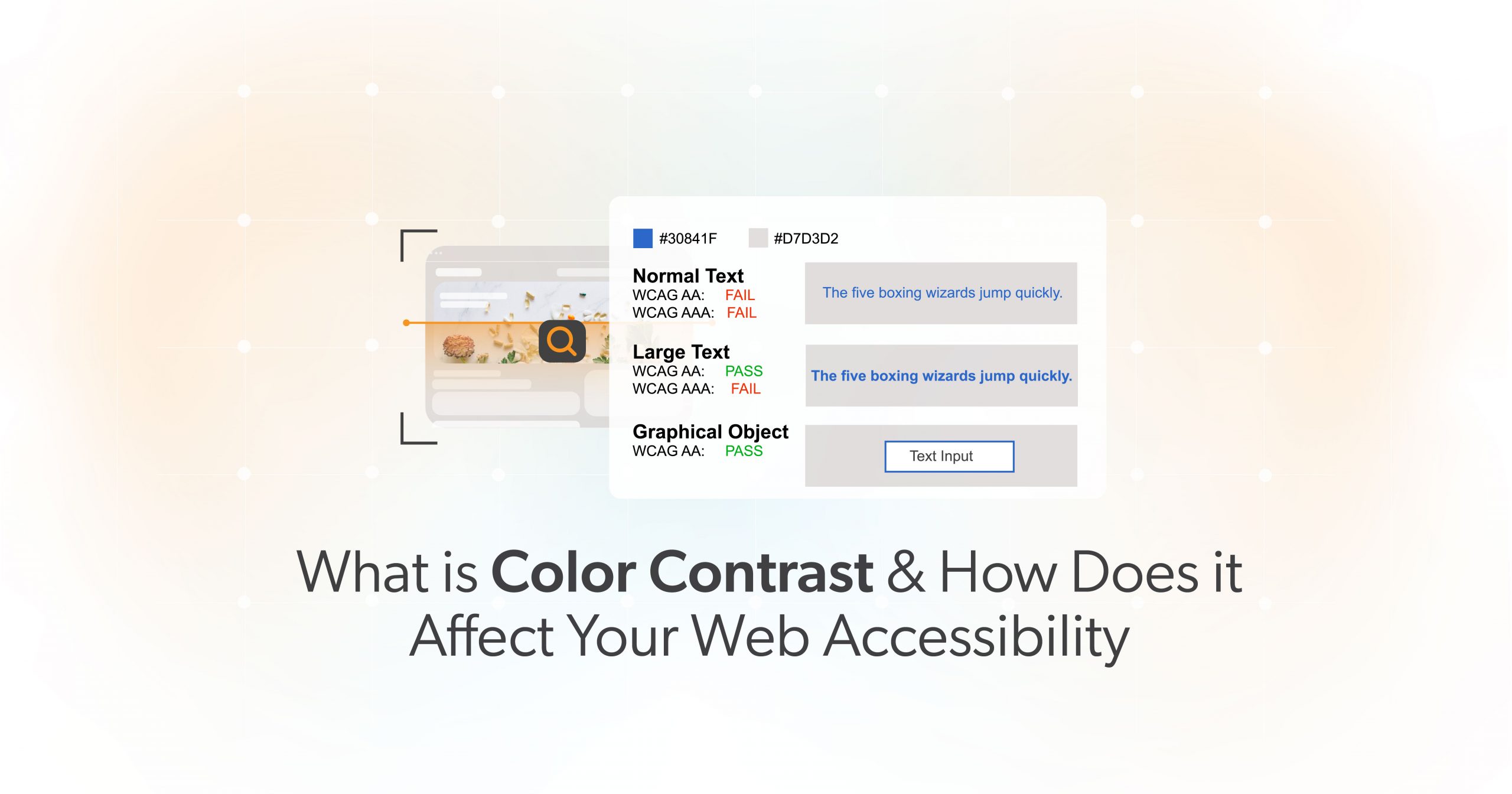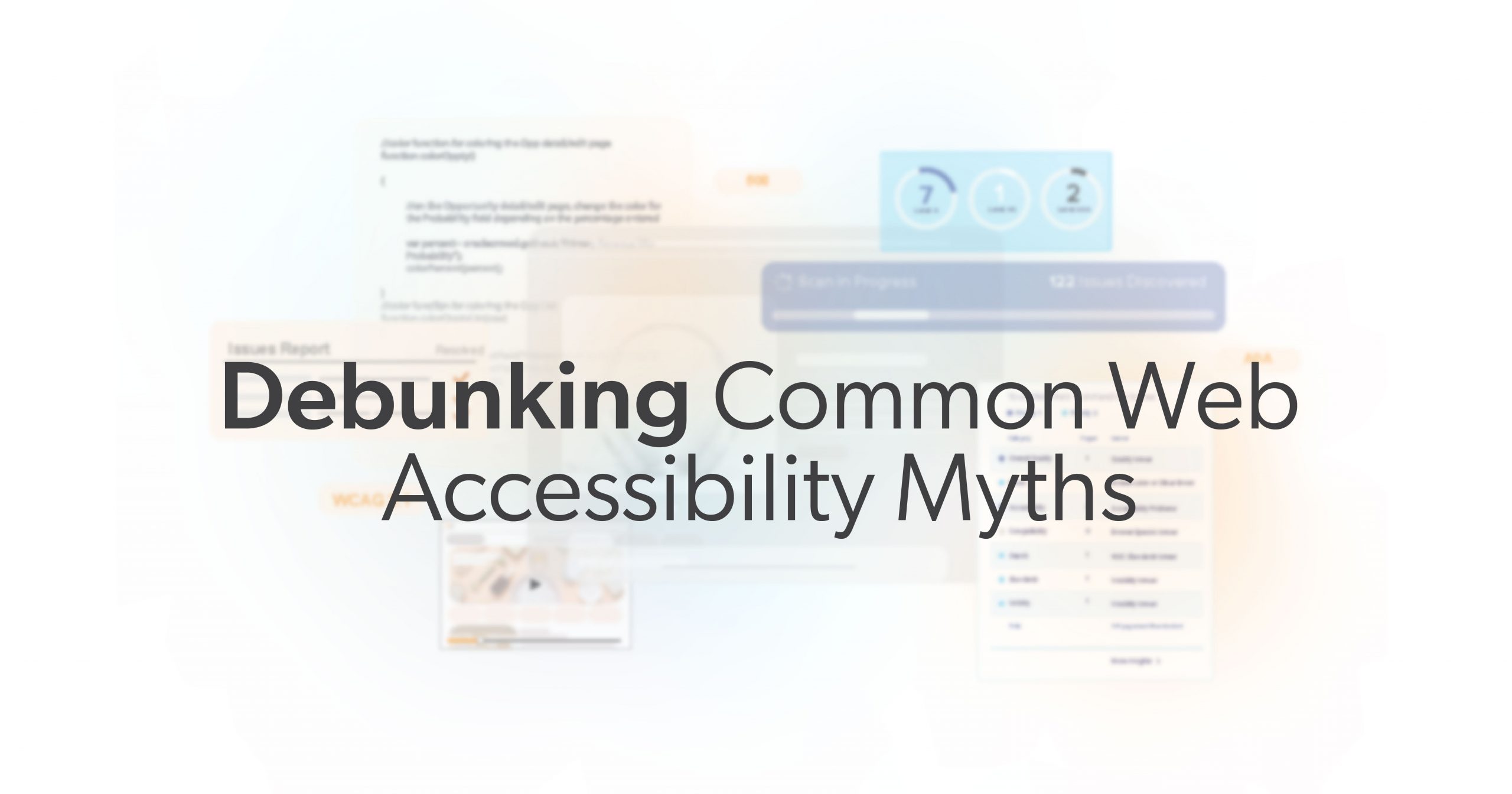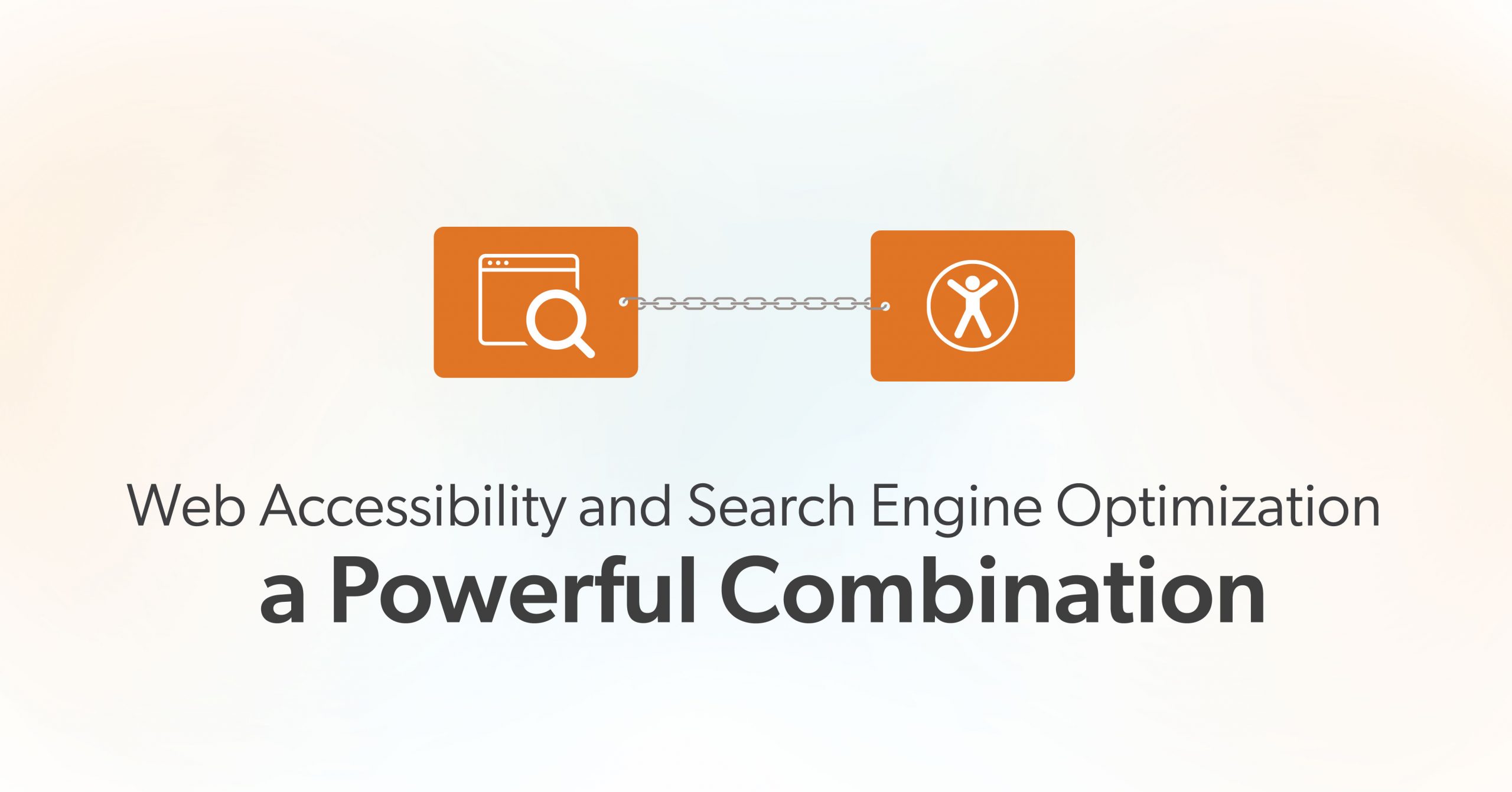As an online business owner, the last thing you want is a lawsuit on your hands. Of course, you may have heard about the Americans with Disabilities Act (ADA) and how it affects your website. But what happens if you’re faced with an ADA web accessibility lawsuit? Don’t worry, we’ve got you covered! This article will guide you through the process, covering everything from consulting your attorney to negotiating a settlement.
What is an ADA Web Accessibility Lawsuit?
A web accessibility lawsuit is a legal action taken against a website owner for violating the ADA due to a lack of accessibility on a website. The ADA is a civil law that protects the rights of people with disabilities in all areas of public life.
While ADA law does not explicitly mention digital content, the courts have interpreted the law to also apply to websites — specifically, Title III. Title III prohibits the discrimination of those with disabilities in places of public accommodation. In 2010, the Department of Justice (DOJ) stated that websites are public places and are subject to the ADA’s requirements.
In recent years, there has been an increase in lawsuits filed against website owners for failing to comply with the ADA. In 2022, there were 2,387 web accessibility lawsuits filed in Federal and California State Courts under the Unruh Act. However, each year there are an untold number of demand letters issued by law firms threatening legal action. It is estimated the number of ADA lawsuits filed each year is only a small fraction of the demand letters sent.
So, what should you do if you receive a demand letter?
Do Not Ignore the Demand Letter
If you receive a demand letter regarding your website’s accessibility, it’s crucial not to ignore it. This letter is often the first step in an ADA lawsuit and gives you a chance to address the issue before things escalate.
Ignoring the letter could result in a lawsuit, potential fines, and damage to your business’s reputation. Instead, take this opportunity to address the issues mentioned in the letter and avoid further legal complications.
But what if it’s too late, and you have already received an ADA web accessibility lawsuit? How should you respond?
How to Respond to an ADA Website Lawsuit
Suppose you find yourself facing an ADA web accessibility lawsuit. In that case, it’s crucial to understand the steps you should take to protect your business and resolve the issue.
1. Consult an Attorney
If you receive a complaint alleging that your website does not comply with ADA web accessibility guidelines, the first thing you should do is consult an attorney. Find a lawyer experienced in ADA compliance to help you understand the lawsuit and determine the best course of action. Your attorney will review the complaint, determine its validity, and advise you on the necessary steps to address the issues raised.
2. Review and Answer the Complaint
After consulting with your attorney, you will need to review the complaint thoroughly. This includes understanding the specific accessibility barriers the plaintiff claims to have encountered on your website. Then, work with your attorney to craft a response to the complaint. Address each of the allegations in the complaint and provide any necessary evidence to support your case. It’s essential to respond promptly and professionally. Any delays or lack of cooperation may negatively impact your case.
3. Get a Website Audit
Now that you know what the issues are in the complaint, you need to determine if your website is truly non-compliant. The best way to do this is by getting a website audit. A web accessibility expert will evaluate your website, identify any issues, and provide recommendations on how to make it ADA-compliant.
4. Remediate the Website
Once you have identified the issues with your website, it’s time to remediate them. This means updating your website to meet the Web Content Accessibility Guidelines (WCAG) and addressing specific issues in the lawsuit. It’s crucial to work closely with your web developer and accessibility consultant to ensure all the changes are implemented correctly. Keep in mind that making your website accessible is an ongoing process. It’s essential to monitor and maintain your accessibility over time.
5. Communicate with the Plaintiff
Throughout this process, maintain open communication with the plaintiff. Keeping the lines of communication open will demonstrate your commitment to resolving the issue and may lead to a more favorable outcome. Be transparent about the steps you’re taking to make your website accessible. This can help establish goodwill and demonstrate your commitment to resolving the issue. In some cases, proactive communication may lead to a quicker and more favorable resolution.
6. Negotiate a Settlement
If appropriate, negotiate a settlement with the plaintiff to resolve the lawsuit. Work with your attorney to negotiate a fair and reasonable settlement that both parties find acceptable. This may include monetary compensation for the plaintiff, a commitment to make your website accessible, and an agreement to cover the plaintiff’s attorney’s fees.
Don’t Wait to Get Sued: Prevent an ADA Website Lawsuit
It’s important to note that it is always better to proactively make your website accessible to individuals with disabilities in order to avoid getting sued in the first place. If a lawsuit has already been filed, it’s essential to work quickly to come into compliance and to demonstrate a good faith effort to resolve the issue.
It’s also important to keep in mind that even if you make your website compliant, it doesn’t mean that you are protected from any future lawsuits, as the standards are constantly evolving, so it’s crucial to keep your website updated and accessible for all users.
Worried About a Web Accessibility Lawsuit
Developed from our experience completing over 300 ADA remediation projects, 216digital’s Phase I ADA Remediation is custom developed to chart the steps you can take to quickly put your company in a position of strength to settle your ADA lawsuit. Each Phase I ADA remediation project is custom developed incorporating ADA Phase I remediation plan, timeline, staff training, and ongoing monitoring services. To learn more about engaging the ADA experts from 216digital to develop and lead a Phase I remediation project as part of your ADA lawsuit defense strategy, schedule a complementary ADA Strategy Briefing.



